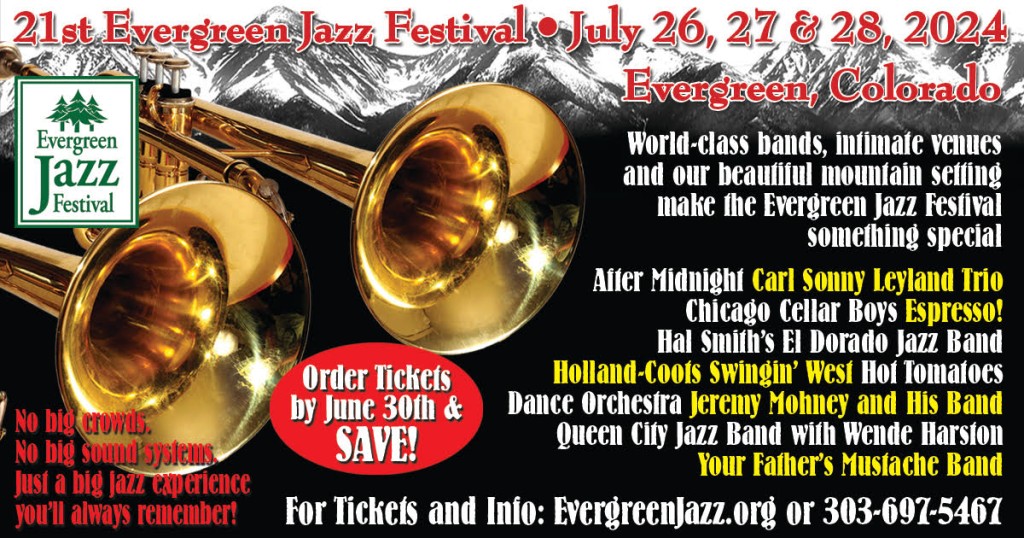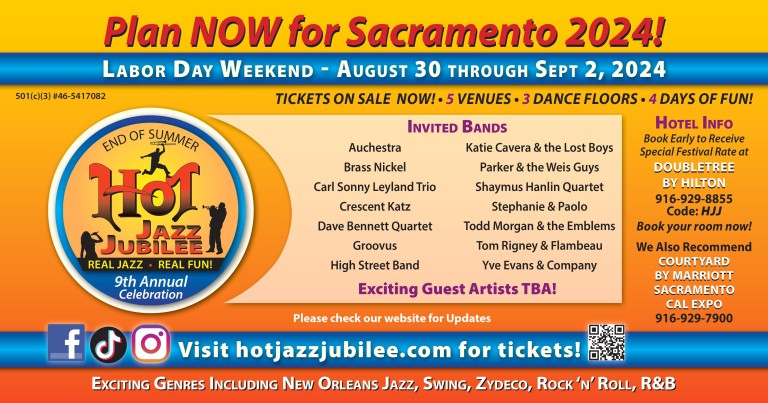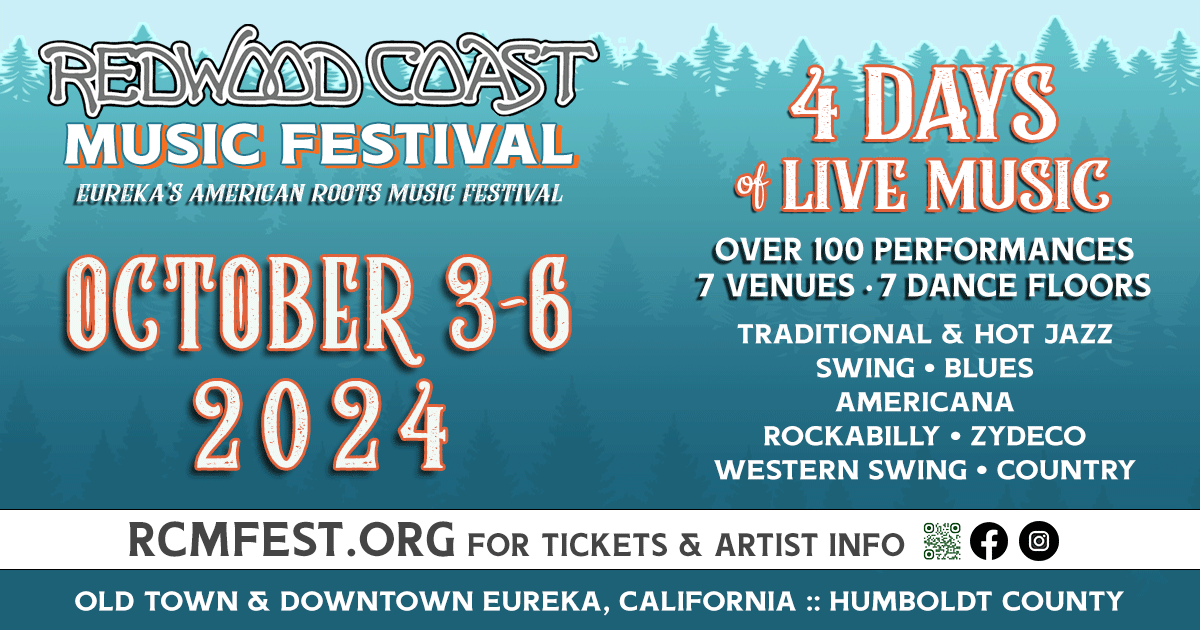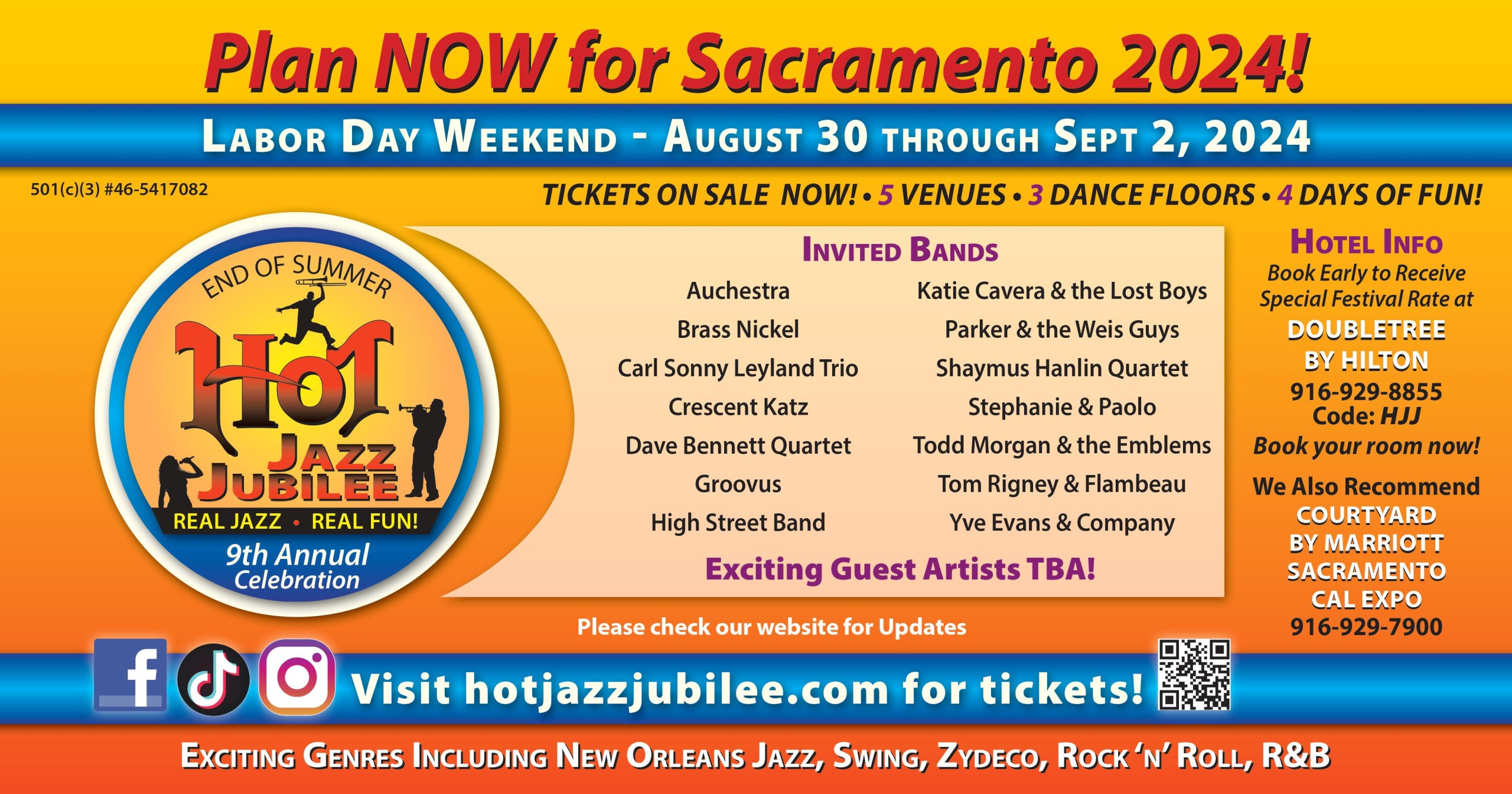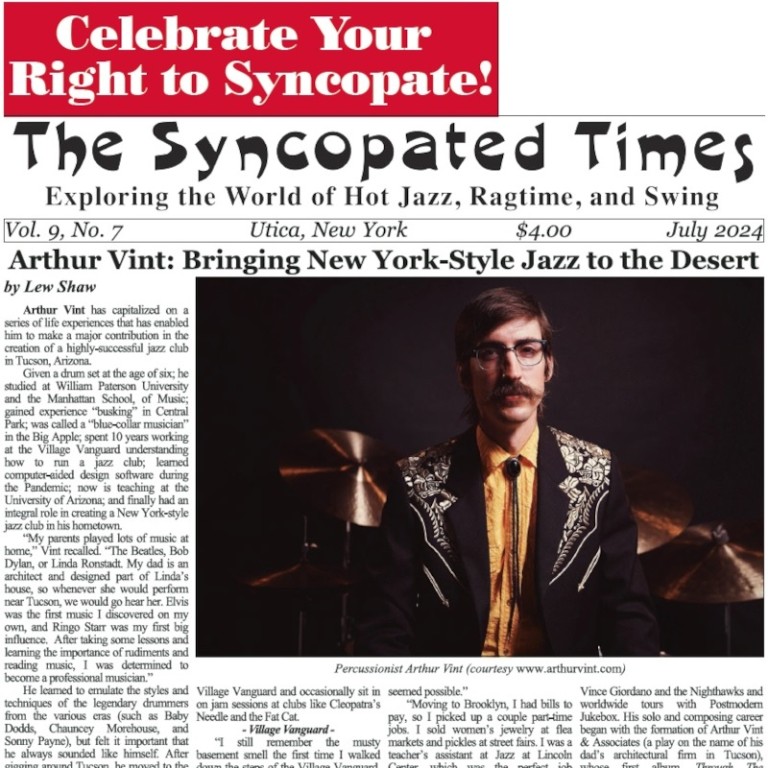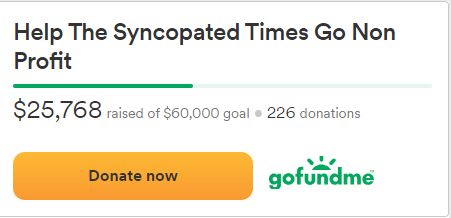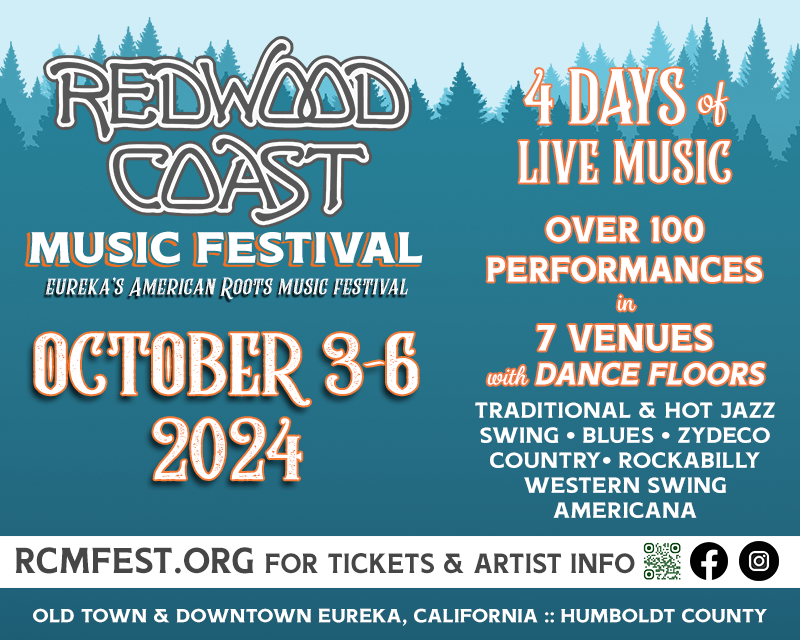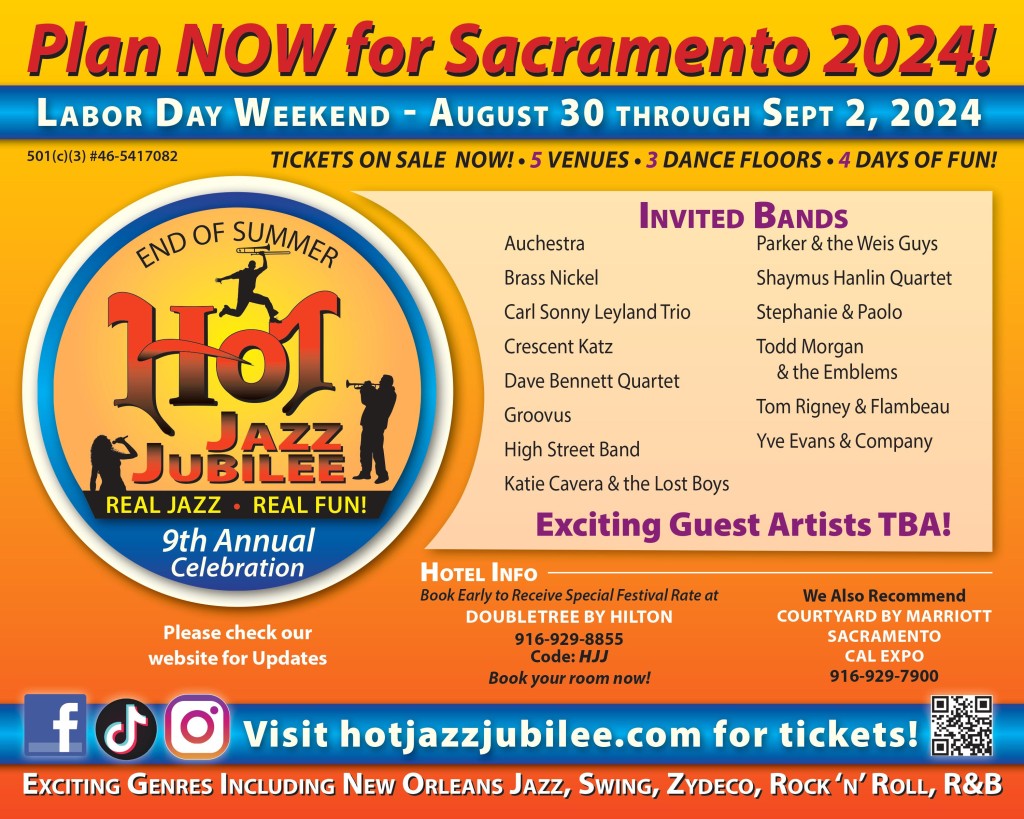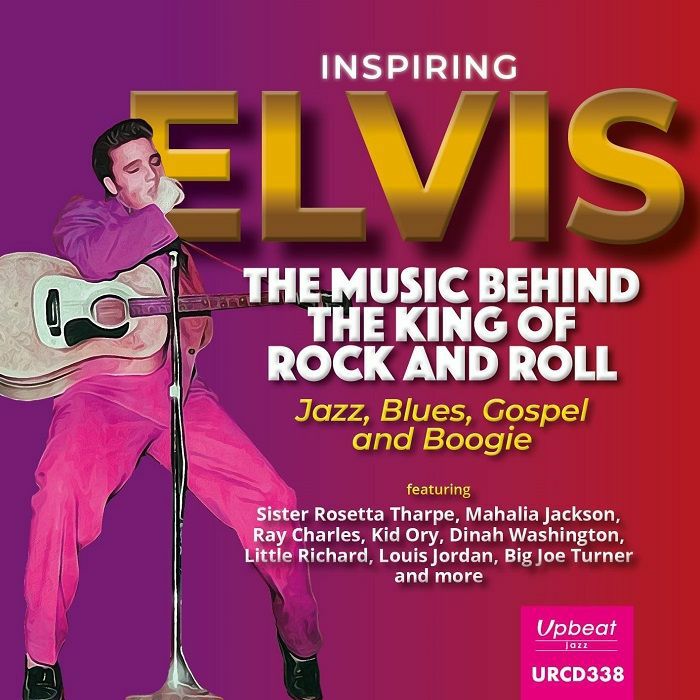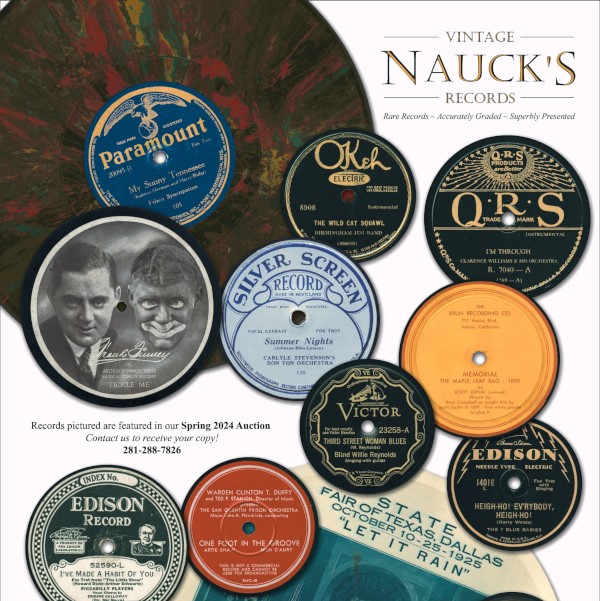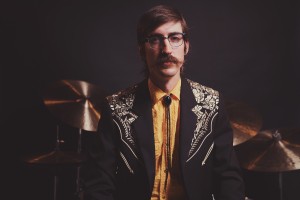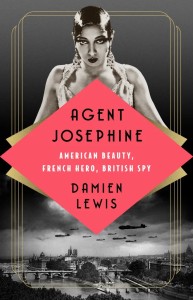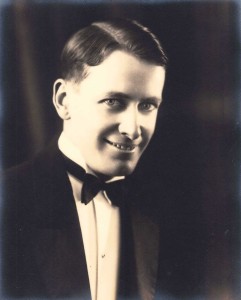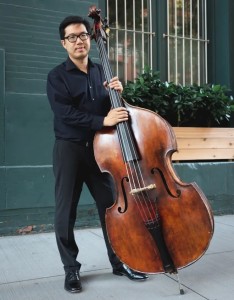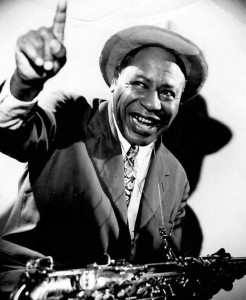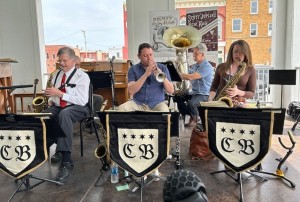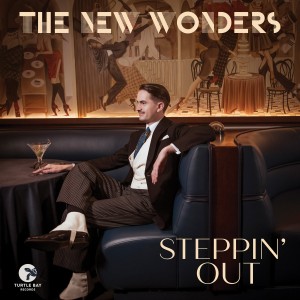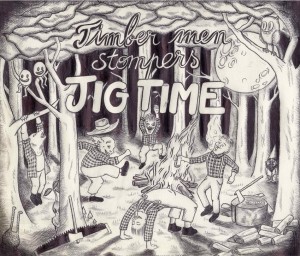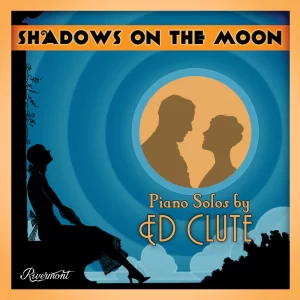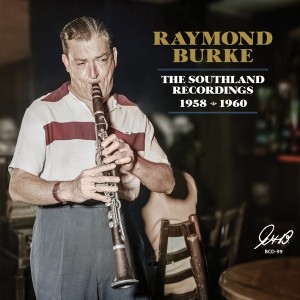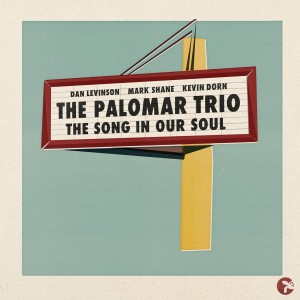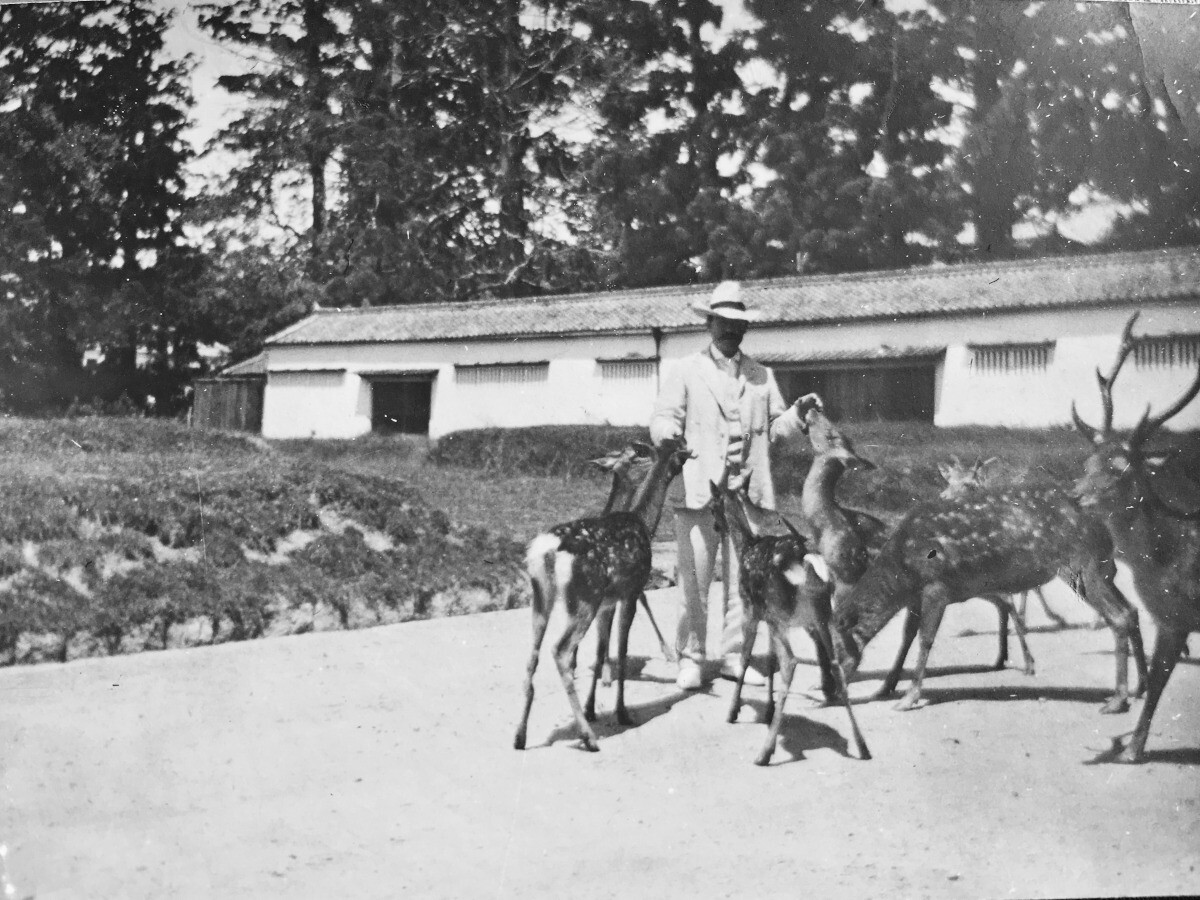
Last month’s piece in this column was on Charlie Carson and his partner in crime Russell Hunting. This month will be a continuation of Carson’s story, but detailing his extensive travels in the Far East. Between 1903 and 1906, Charlie Carson was engaged by the Columbia phonograph company to travel to China to make some of the first recordings ever captured there. Pioneering engineer Fred Gaisberg, working with the Gramophone Company, famously preceded Carson in recording in East Asia, but Carson’s efforts were believed to be of better quality. Because of his efforts, music of Japan and Eastern China could finally be etched onto the immortal record.
While reluctant to travel so far at first, Charlie had not much else he could do at Columbia. Since his jail time in 1896, he couldn’t get work many places other than Columbia. Between 1897 and 1902, he spent his time making sure that Columbia records sounded as good as they could, personally handling a large portion of the records they made in that period. His name was stamped on many paper record slips, each indicating his touch to its creation. Even with the transition into the moulding process, Charlie kept on working for Columbia (this period was notoriously troublesome for many of the earliest recording stars and engineers). Clearly to Columbia his abilities were invaluable, and with this in mind, he seemed the perfect candidate to send off to Asia.
As mentioned in last month’s column, Charlie was well versed in photography and this proved just as invaluable as his engineering skills. Thanks to his incessant snapshotting, the entirety of his extended travels were extremely well documented. He took pictures everywhere he went, and wrote every day to several of his friends and family. A good majority of the photographs he shot while in China and Japan survive to this day, unlike the mysterious lot dating between 1892 and 1898. In mid 1904, he was finally sent off to San Francisco to sail to China.
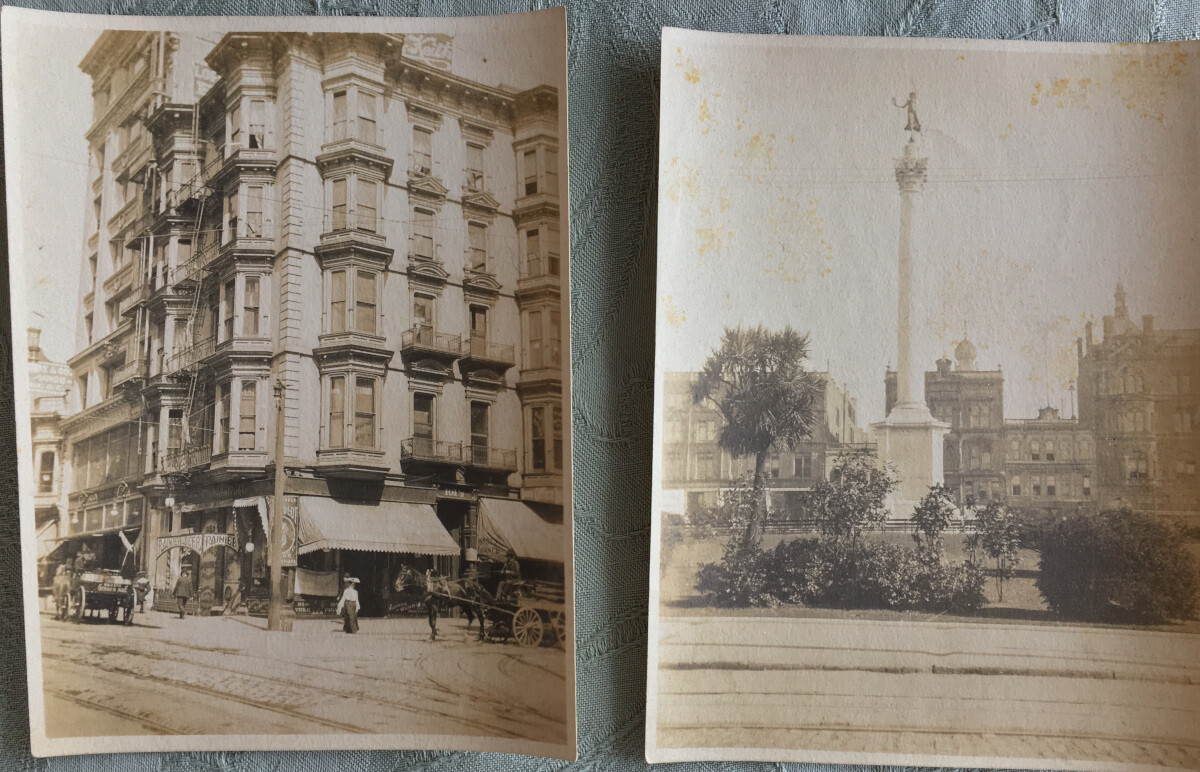
He spent most of his time in China in Hong Kong, making sure to write every day to his family and regularly to his manager Victor Emerson. Many of his letters to Columbia while in China are kept by the Library of Congress. He found all this time he was spending in East Asia quite cumbersome. He complained of many aspects of his time in China, the weather being quite a bugbear. Despite the complaints, his photographs could prove otherwise. He found the conditions of his accommodations quite foul, but he enjoyed the scenery. He fell in love with the aesthetic of these far away lands, the bright colored robes and textiles, the furniture; he was beginning to understand where the inspiration for the worldwide art movement of Art Nouveau originated.
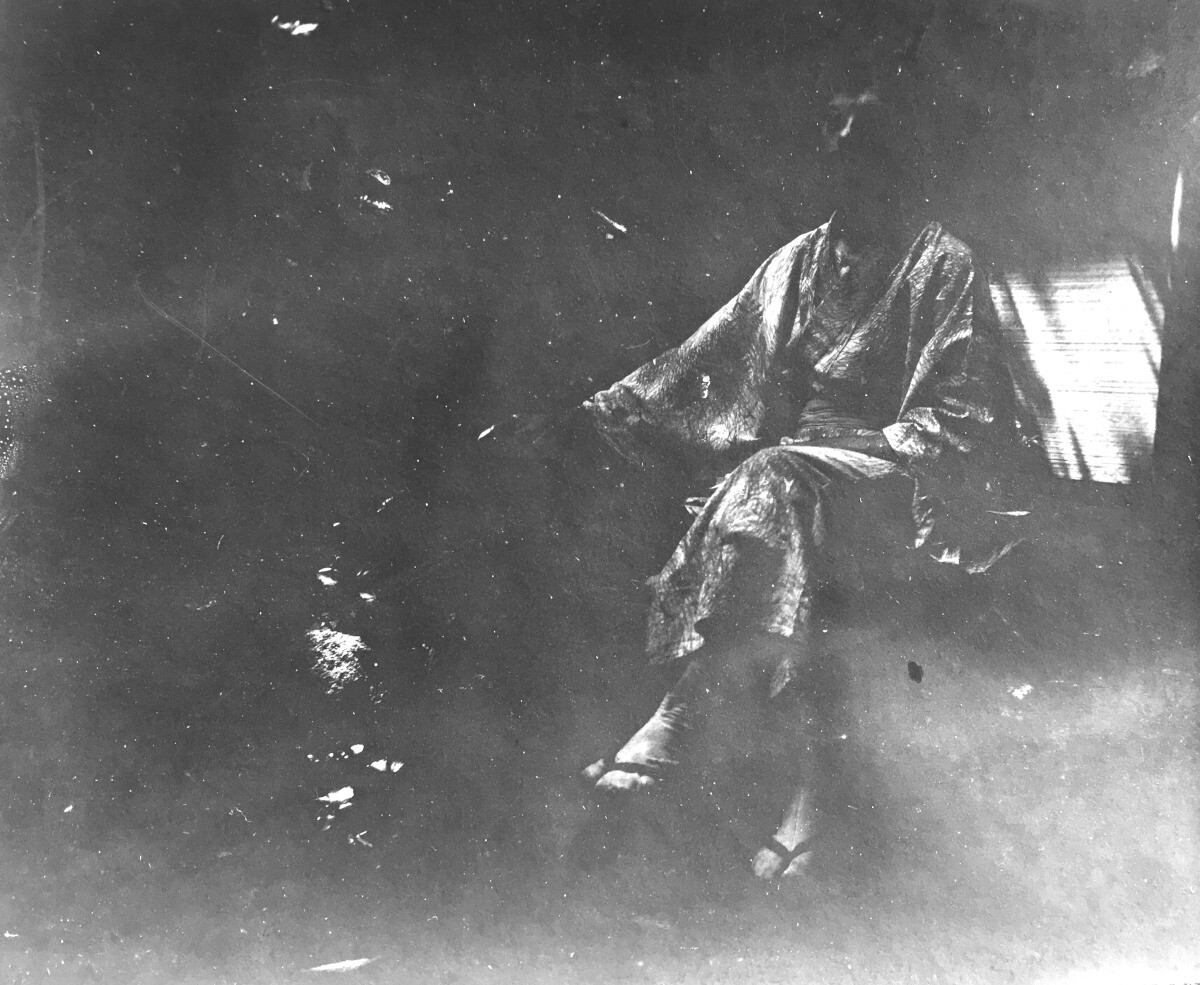
With this newfound affinity for the Orient, he began amassing a good collection of trinkets and pieces that eventually he’d take back home with him. He kept buying things anywhere the fancy struck him. Making the records was still important of course, as that’s what he was there for, but soon he developed a deeper connection with his surroundings. Here and there he sent gifts back to his family, and each one they greatly appreciated as can be observed in surviving correspondence.
It was indeed tiring work, so sometimes his complaints seem somewhat deserved. Traveling anywhere in those days was difficult, and this was especially so in the Far East, with minimal railways in place (and new ones being built), navigating the often rural terrain couldn’t have been easy. He did admit in some of his work correspondence that he found the language barriers to be extremely frustrating at times. Nonetheless he persisted.
Later, he traveled to Japan, and it seems that he enjoyed being there much more. While there, he spent most of his time in Osaka and in Kobe. It was in these places that he took most of the photos that survive to this date. Many of the photos he took are a fascinating time capsule, preserving unknown average folks of these ancient Japanese cities. He took photos of children at play, funeral processions, people on their every day commutes, and families going about their business.
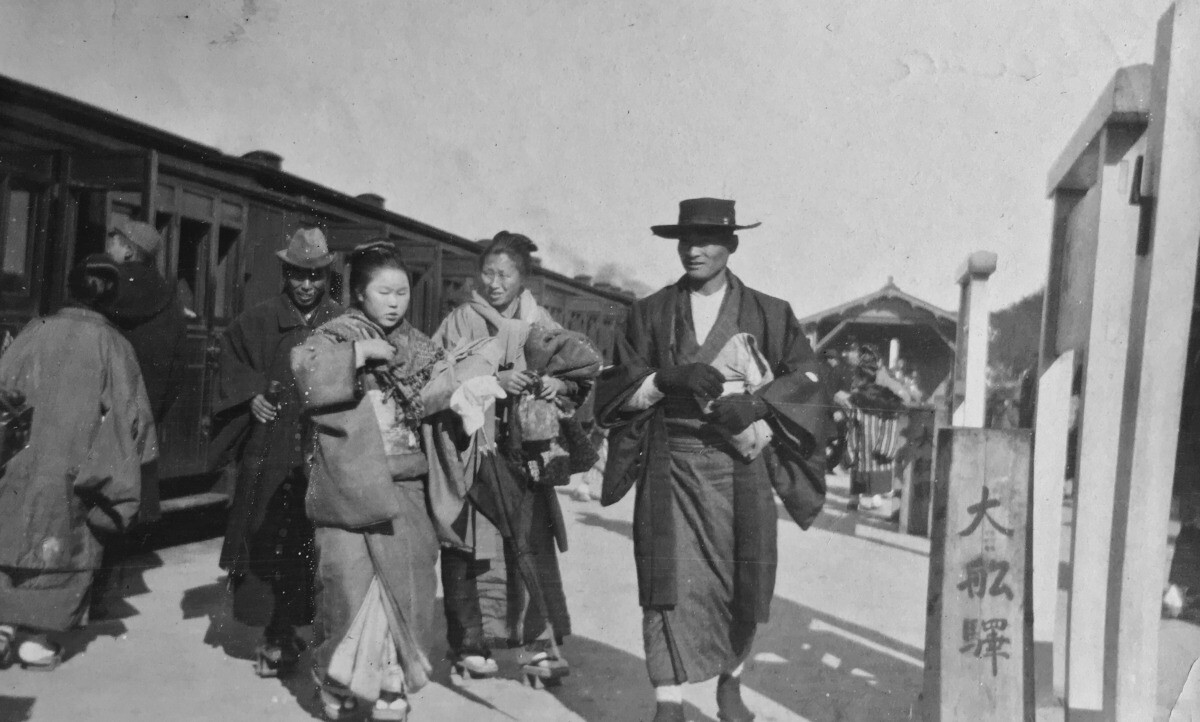
As he kept trekking into the countryside of Japan, his bosses back at Columbia were satisfied with the notes he sent to them and the results of the masters he was sending back to them. He himself wasn’t quite fond of the music he was recording, as were most of the early American phonograph engineers at the time.
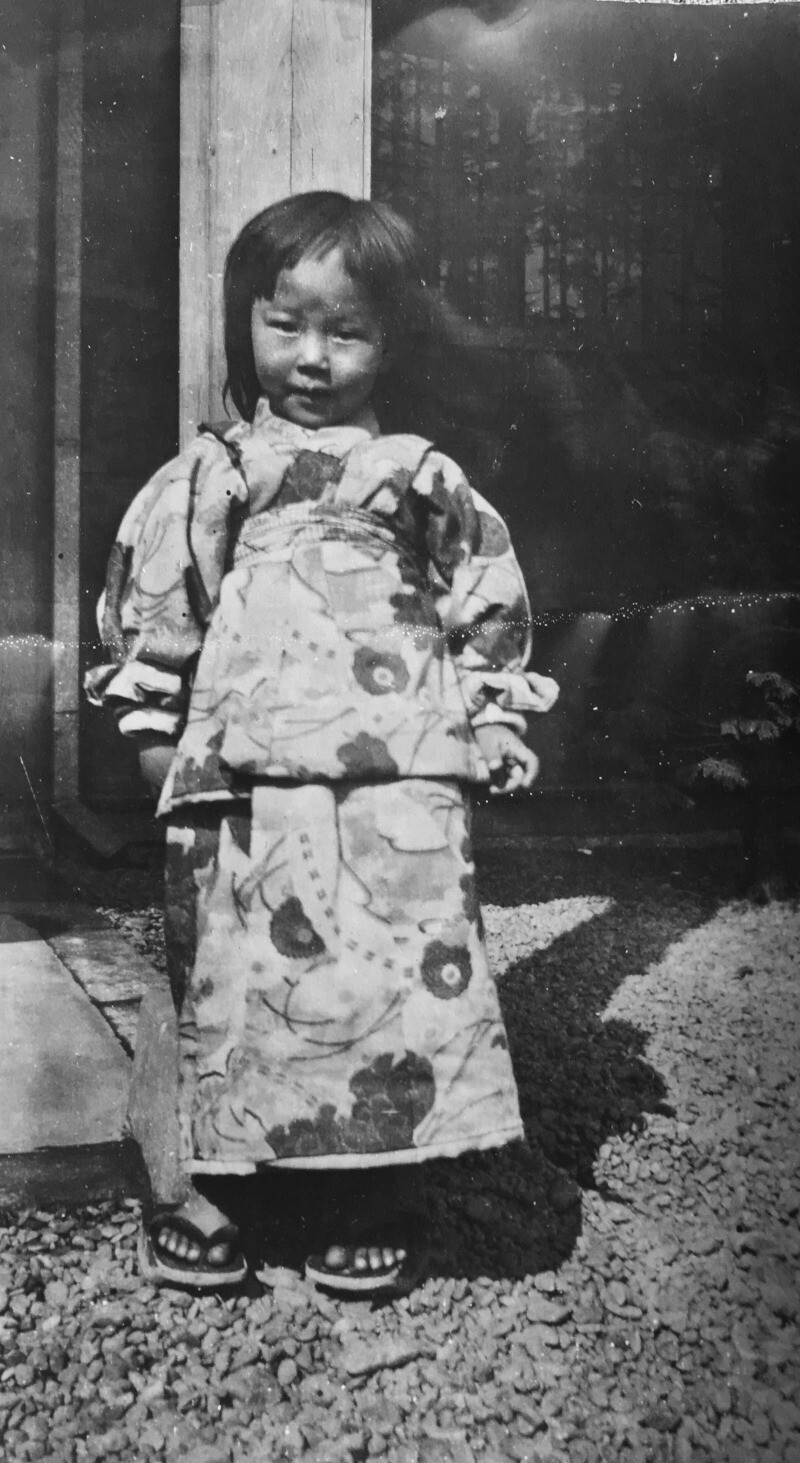
He did make a few trips back and forth between Asia and his family and bosses in New York. Each time he returned everyone was anxious to hear all the tales he’d tell so eloquently. In addition to all of the talents he possessed, he was also a good storyteller. After Charlie went to various places all over China, Japan, and even what was to be called Korea, Columbia sent him on more expeditions. Around the time he returned from the first eastern trip, Columbia sent him to Veracruz, Mexico. It was there that his storytelling skills became evident. Unlike while he was in Asia, he wrote volumes worth of diary entries. These pages masterfully describe the surroundings he saw every day while in Mexico. As of now, it is uncertain whether any such pages survive from his trips to the Far East.
While Charlie Carson is generally forgotten among record collectors today, ethnomusicologists revere his efforts in making those breakthrough recordings of music in China and Japan. The records are just as significant as the many dozens of candid snapshots he took while observing his surroundings. His trying times while in the East provided us with an important and entirely unique perspective of lands that seemed so far away to Americans in the latter 19th and early 20th centuries. Many pieces that he bought while there survive within his family today, including a vibrant bright orange kimono that he so dearly prized.
